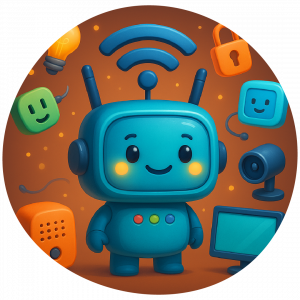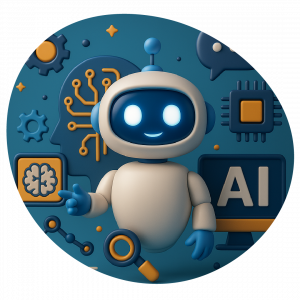A combination that educators should explore
Gamification and artificial intelligence are concepts that are increasingly present in our daily lives. The combination of the two offers great potential to transform the way we teach and learn.
What is gamification?
Karl Kapp, a renowned
specialist in instructional design and educational innovation, makes the
following clarification to better understand what gamification is:
“gamification is not about turning learning into a game, but about using
game principles to make learning more attractive and effective”.
Gamification is a technique that consists of applying game elements and
mechanics to other contexts, such as education. The objective is to motivate
and involve students through recognition, challenges, competitions and
collaborative work.
In several articles Kapp stresses that gamification “is not just
about fun”. It should focus on increasing student engagement and
participation by employing the motivational elements of gamification.
How can gamification be applied in the classroom? Let's look at three simple examples:
- Use scoring systems, levels, rewards, or badges to recognize student progress and achievement.
- Design challenges or missions that students have to solve using their knowledge and skills.
- Use board games, role-playing games, or escape room games to encourage teamwork, critical thinking, and creativity.
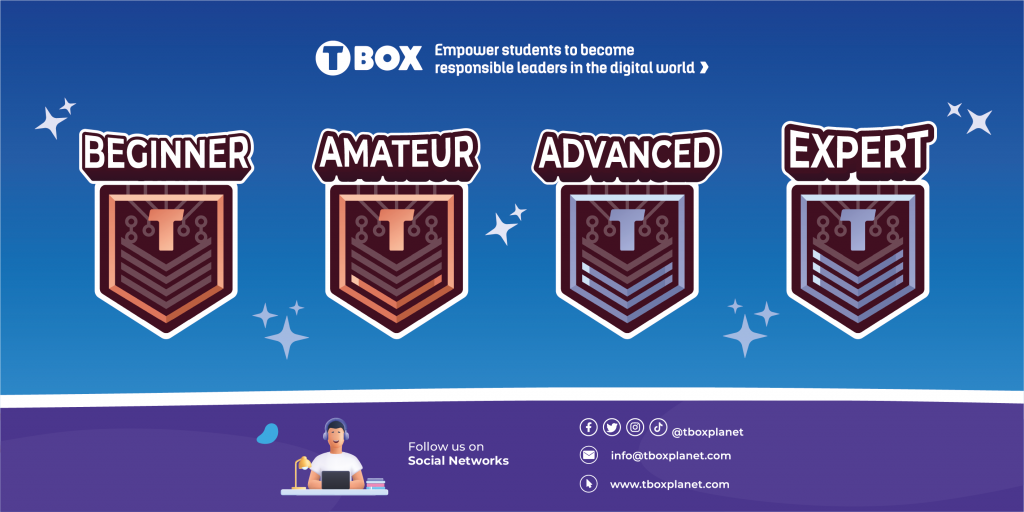
What is artificial intelligence?
Artificial intelligence (AI) is a field of computer science that enables the creation of systems and machines capable of performing tasks that generally require human intelligence, such as learning, communication, decision making or problem solving.
AI is based on the processing and analysis of large amounts of data through algorithms and mathematical models that enable machines to learn autonomously and improve their performance.
AI is already being used in the educational process for various purposes. For example, teachers of different educational levels and specialties are taking advantage of multiple tools to generate content for their classes: scripts for videos, images, presentations, websites, evaluation rubrics, and mind maps, among others.
A basic element to benefit the most from these generative artificial intelligence tools is to know how to write good prompts or commands. Do you know what a prompt is? It is an instruction or question that we give to the artificial intelligence tool to generate content. Every educator should learn how to write good prompts!
Another simple example of the use of AI in education is the use of chatbots to facilitate student feedback on class topics. The teacher can upload a document with the academic content and students can ask questions to the chatbot to clarify doubts or reinforce certain concepts. Tools such as Chatbase or ChatPDF can be used to produce these educational chatbots quickly and easily.
In the coming months we will see more initiatives that will enable the application of data analysis, adaptive assessment and personalization systems to optimize the teaching and learning process. The goal is to offer a more individualized experience tailored to the needs of each student.
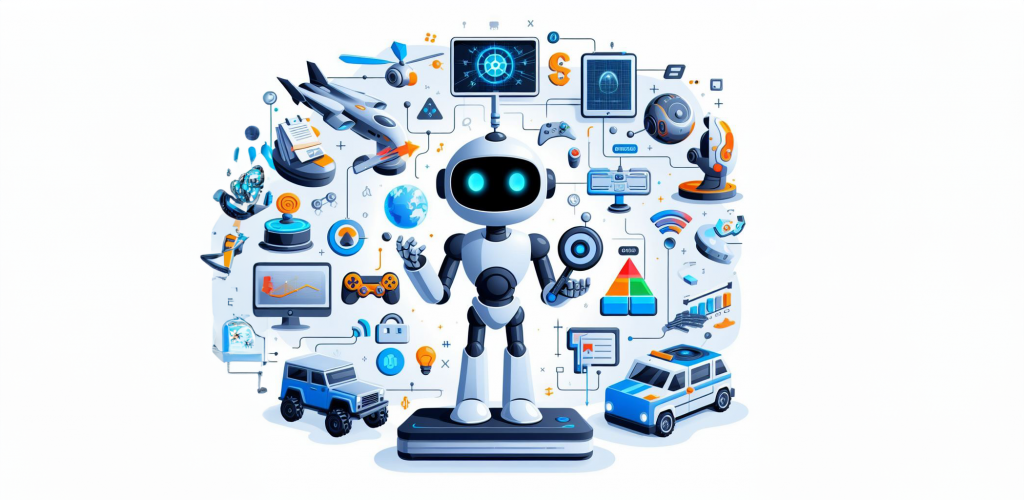
What are the benefits of integrating gamification and artificial intelligence into the educational process?
Gamification and AI can be combined to provide more innovative, motivating and effective educational experiences. Some of the benefits that this combination can provide are:
- Make learning more fun, dynamic and engaging, which increases learner interest and participation.
- Provide immediate, accurate and constructive feedback by assessing learners’ progress and performance on a continuous and automated basis.
- Encourage meaningful, practice-based learning. This makes it possible to improve performance, retention and application of knowledge to other contexts.
- Empower teachers with resources, tools and data to help them plan, implement and improve their teaching strategies.
- Develop fundamental skills and competencies for the 21st century. For example, critical thinking, creativity, communication, collaboration, problem solving and digital citizenship.

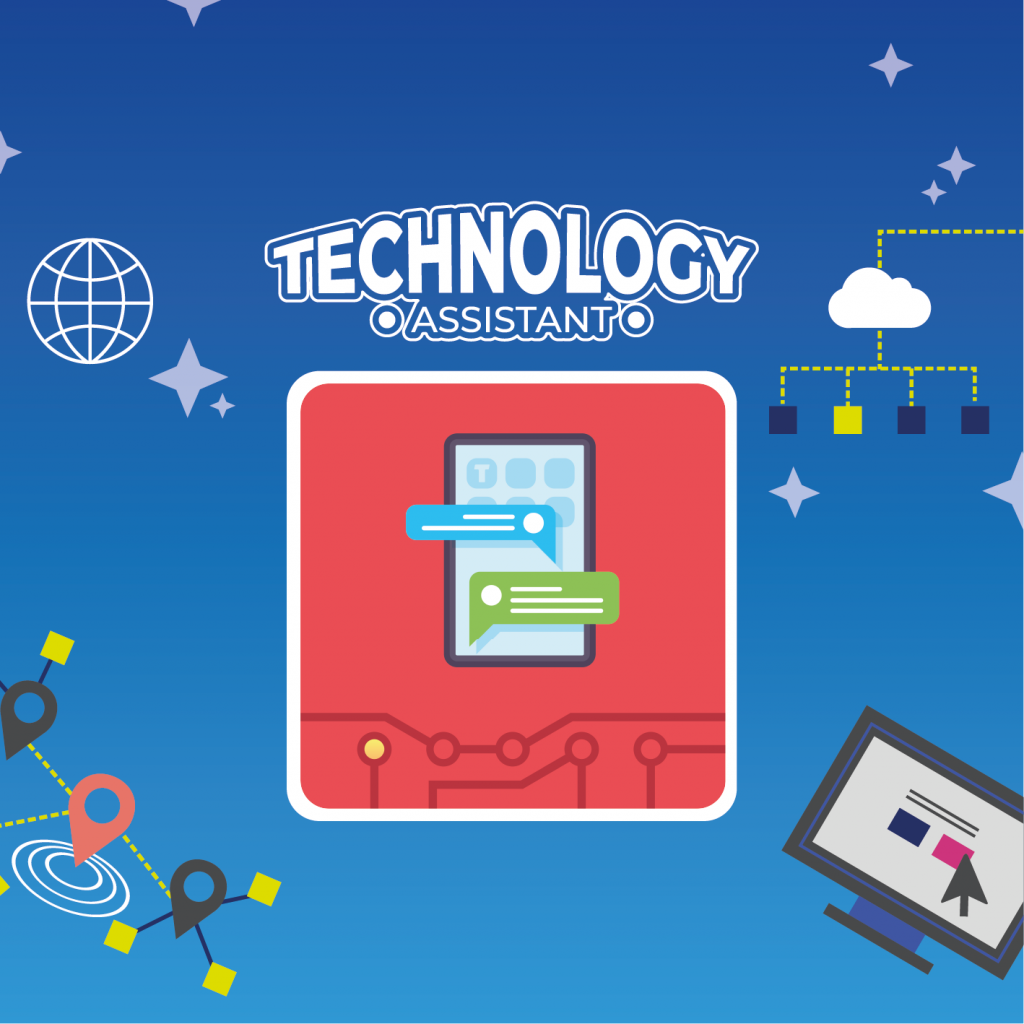
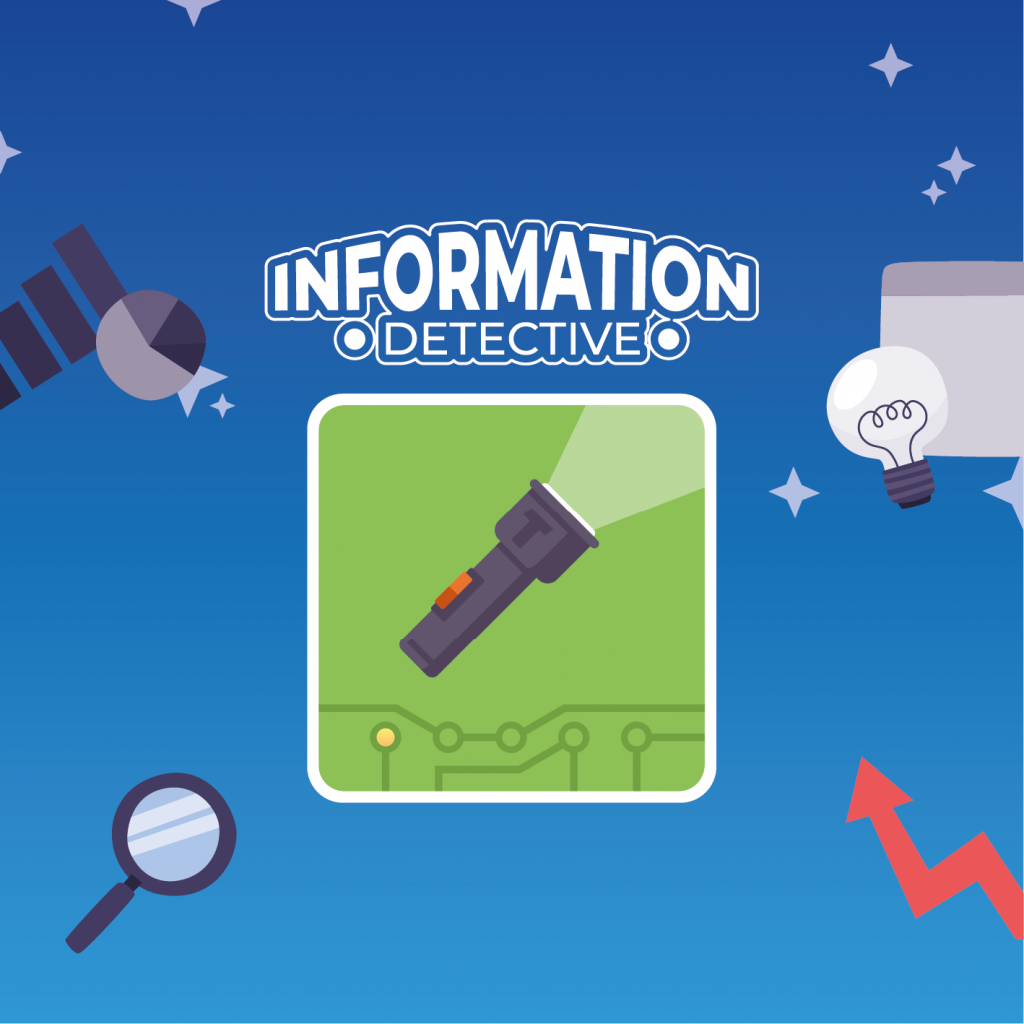
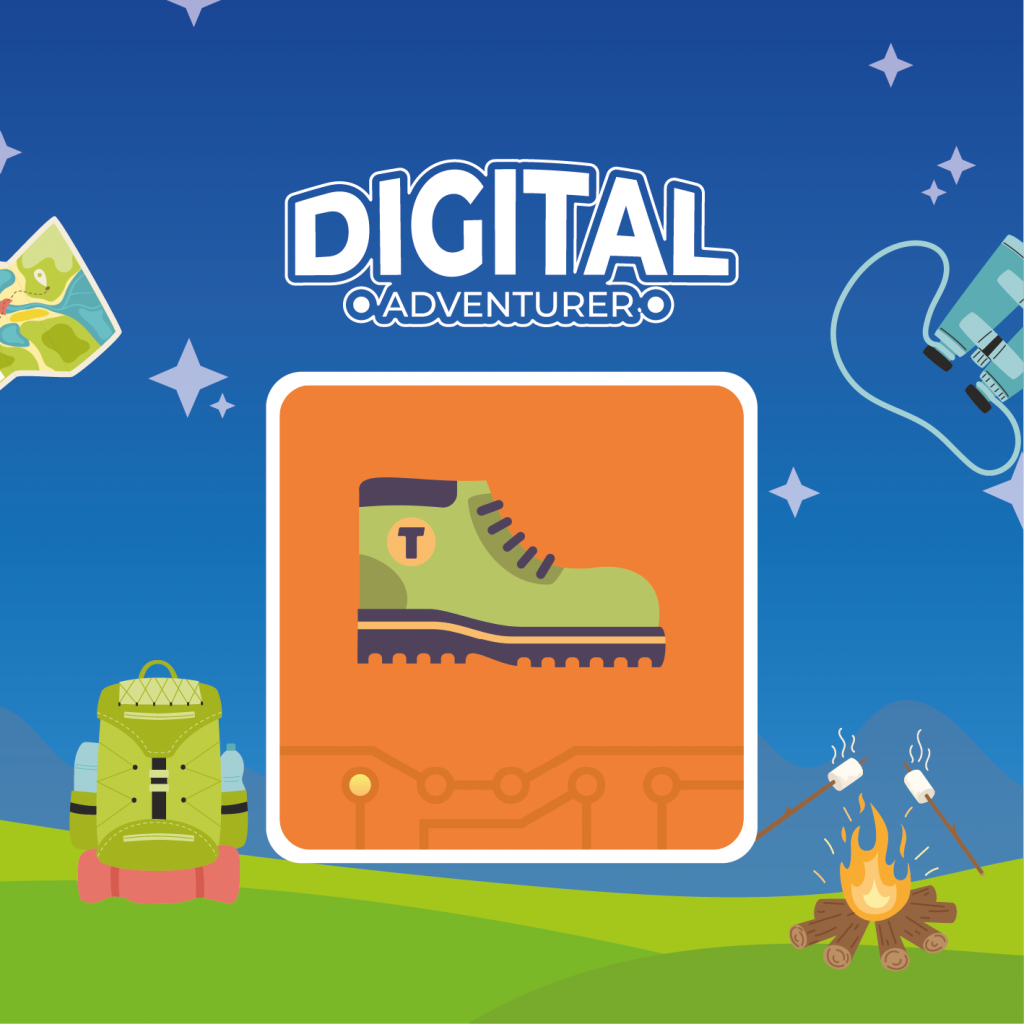
How to get started with gamification and artificial intelligence?
If you want to start applying gamification with the help of artificial intelligence in your classroom or in your school, we invite you to follow these steps:
- Define the objectives you want to achieve by using gamification: More participation in class? Reinforce some complex content? Punctuality in turning in assignments?
- Search and select the artificial intelligence tools that help to generate ideas and resources according to the established objectives. We suggest you to start with basic tools such as ChatGPT, Gemini or Copilot.
- Design your gamification proposal, considering the curricular content, the pedagogical principles and the guidelines of your school.
- Implement your gamification proposal, analyzing data and results obtained.
- Reflect on and improve your gamification proposal, incorporating the suggestions, opinions and experiences of students, teachers and families.
Do you want to learn more tools and examples of how to use artificial intelligence to gamify your classes? We recommend you watch our webinar: “Gamificación e inteligencia artificial”.
In this webinar you will discover sample prompts to design a gamification strategy for specific cases, as well as the use of web applications to design educational games.
More resources
Want to research more about gamification and artificial intelligence? Here are some sites with interesting information on these topics.


